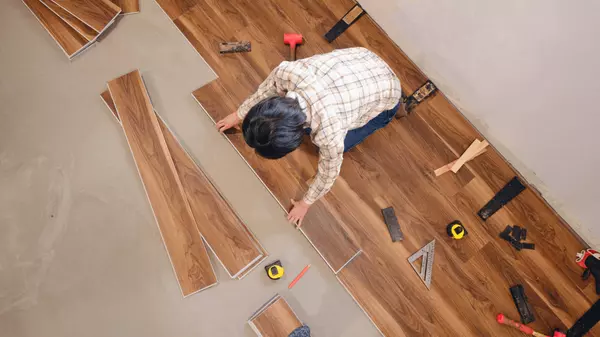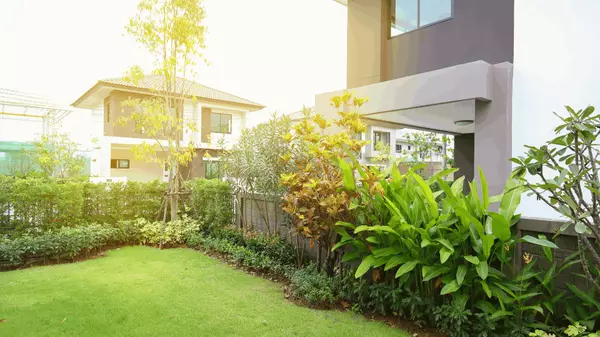
Maximizing Curb Appeal: Boosting the Value
Maximizing Curb Appeal: Boosting the Value of Your Home in Texas When it comes to real estate, first impressions are everything. The curb appeal of a property can significantly impact its value, making it essential for both buyers and sellers to focus on enhancing the exterior appearance of a home.

Sustainable Living: Green Real Estate Trends/Tips
Sustainable Living in Texas: Green Real Estate Trends and Tips As the world becomes more environmentally conscious, sustainable living has become a priority for many individuals. This shift towards a greener lifestyle has also influenced the real estate market, with an increasing demand for eco-frie

First-Time Homebuyers: Your Essential Checklist
Buying your first home is an exciting milestone in life. However, it can also be overwhelming and confusing. To ensure a smooth and successful home buying experience, it is essential for first-time homebuyers to be well-prepared and knowledgeable about the process. In this blog post, we will provide
Categories



